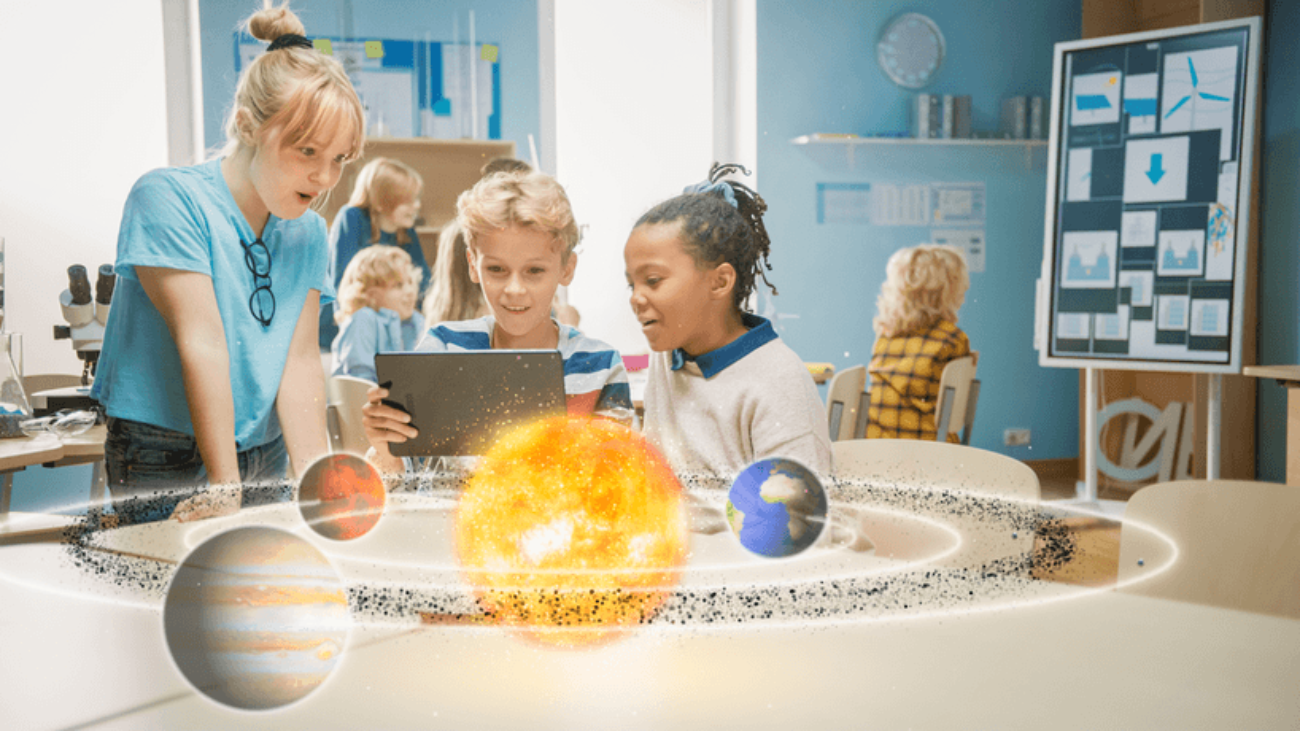Augmented reality (AR) has emerged as a transformative technology, with its applications extending far beyond gaming and entertainment. One of the areas profoundly affected by AR is education and training. In this article, we will explore the significant impact of AR development on enhancing educational experiences and optimizing training methods.
AR Development: Immersive Learning Environments:
AR development brings the classroom to life by creating immersive learning environments. Through AR apps and tools, students can interact with 3D models, simulations, and digital overlays that make abstract concepts tangible. For example, AR can allow students to explore the solar system by overlaying planets and their details in real time, making astronomy engaging and understandable.
Enhanced Engagement and Retention:
AR applications are designed to captivate the learner’s attention and foster engagement. By integrating interactive elements into educational content, AR can turn passive learners into active participants. This increased engagement leads to better information retention, as students are more likely to remember experiences in which they actively participated. This can be especially beneficial in subjects like history, where students can virtually visit historical events or places.
Personalized Learning Paths:
AR development allows for personalized learning experiences tailored to each student’s needs. With the help of data analysis, AR systems can adapt content difficulty, pacing, and style to match individual learning profiles. This level of customization ensures that students receive the support they need to excel and overcome learning challenges, ultimately improving educational outcomes.
Real-World Applications:
AR brings the real world into the learning environment. Students can practice skills and knowledge in practical, real-world scenarios, bridging the gap between theory and application. Medical students, for instance, can use AR to simulate surgeries, enhancing their surgical skills before entering an operating room.
Accessibility and Inclusivity: AR Development
AR development strives to make education and training accessible to all. By using AR, educators can accommodate different learning styles and disabilities, ensuring that everyone has the opportunity to learn. For example, AR can provide sign language overlays for deaf students, making lectures more inclusive.
Training and Skill Development:
In professional training, AR development offers an efficient and cost-effective way to train employees. Companies can use AR to simulate workplace scenarios, allowing employees to practice procedures and develop necessary skills without the risks associated with real-world training.
Conclusion:
The impact of AR development on education and training is undeniable. By creating immersive learning environments, enhancing engagement, personalizing learning paths, providing real-world applications, ensuring accessibility, and facilitating skill development, AR is revolutionizing the way we learn and train. As technology advances, the potential for AR in education and training remains vast. Embracing these advancements can lead to more effective and engaging learning experiences for students and employees. The evolution of AR development promises a brighter future for education and training. And more amazing topics and stories can be read at FinBiz Tech.



